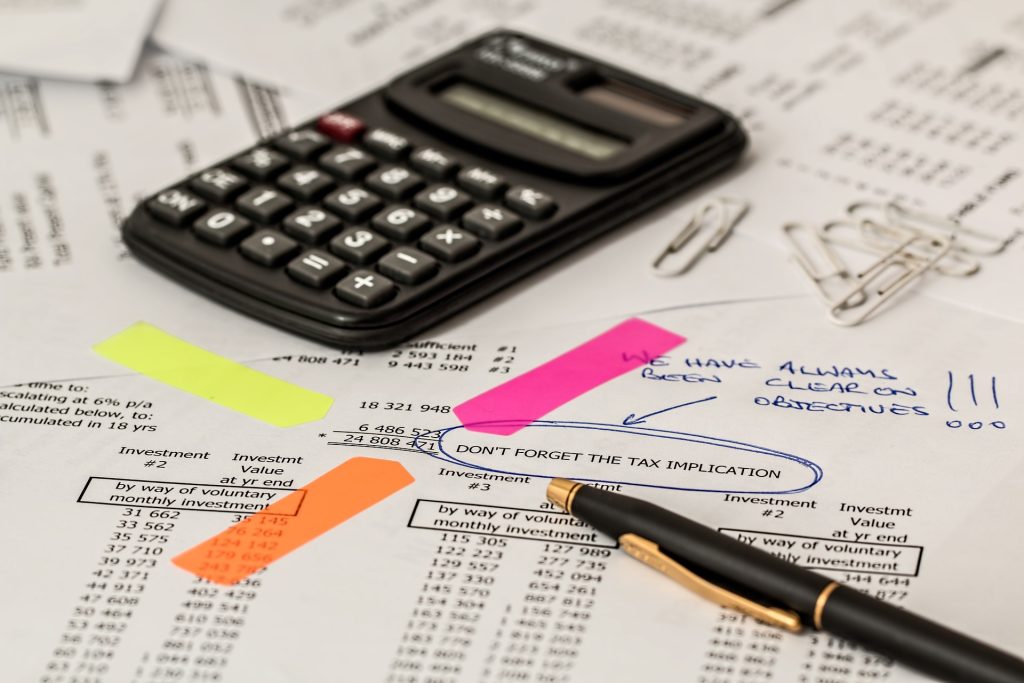Businesses performing R&D efforts domestically in Canada are encouraged to do so by the Scientific Research and Experimental Development (SR&ED) program. Through this scheme, firms can obtain tax credits for legitimate expenses associated with R&D operations. The SR&ED refunds occasionally, nonetheless, might not equal the amount that was claimed.
- Documentation and Evidence: Providing appropriate documentation and evidence to back up the claimed costs and activities is essential to the SR&ED program. The CRA may lower the stated value or completely reject some things if the supporting evidence is lacking, insufficient, or not convincing enough.
- Rate Variation: The SR&ED program has varying rates for various companies and spending kinds. Rates for small and medium-sized businesses (SMEs) are often higher than those for bigger firms. As a result, depending on the size of the firm and the type of expenses, the actual credit amount may change.
- Provincial Credits: The provincial components of SR&ED tax incentives might differ from province to province. For R&D efforts, some provinces provide additional tax breaks or incentives. These regional variations may have an impact on the final refund amount.
- Review and Audit: The CRA carries out reviews and audits to make sure that SR&ED claims are legitimate and accurate. If the CRA makes adjustments to the claimed amount as a result of irregularities or inconsistencies discovered during an audit, the difference between the claimed and reimbursed amounts will result.
- Base Amount and Deduction: The SR&ED tax credit is calculated using a base amount, which is a predetermined portion of all qualified business expenses. A percentage of the eligible SR&ED expenses that are in excess of the base amount is used to determine the actual refundable credit. This indicates that a percentage of the expenses, rather than the total amount claimed, are used to determine the credit.
- Penalties and Interest: If the CRA finds that a company submitted an SR&ED application containing errors or incorrect information, penalties, and interest may be assessed. The actual refund amount may be further diminished by these fines and interest.
To sum up, getting the exact SR&ED refund as claimed can be challenging due to various factors like eligibility criteria, documentation, computation methods for tax credits, review, audit processes, regional variability, and potential penalties. Therefore, it is crucial for businesses to have a complete understanding of the regulations, maintain proper documentation, and communicate transparently with the CRA to ensure accurate and ideal refund outcomes.
